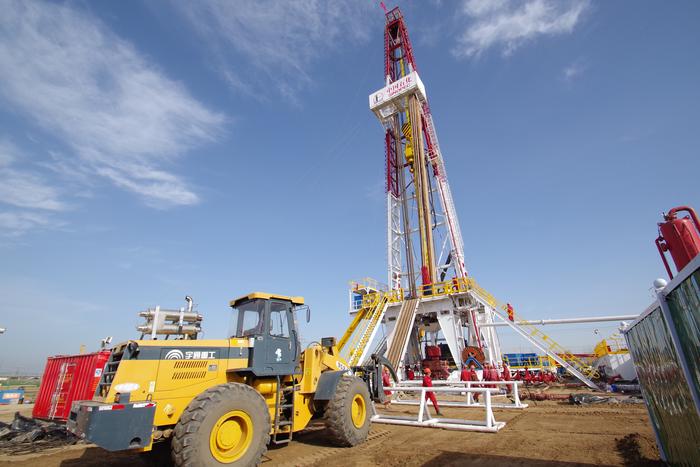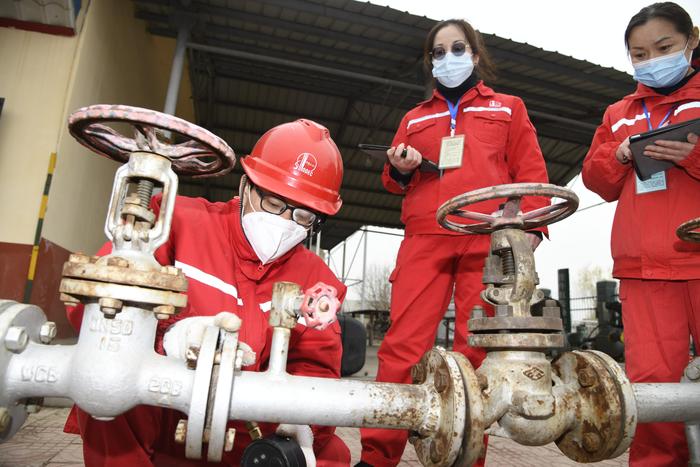|
| 2021-03-24 来源: 中国石化新闻网 |
| 石化新闻 |
中国石化新闻网讯 据路透社3月23日报道,由于人们担心新的大规模疫情控制措施和欧洲疫苗推广缓慢等因素将阻碍需求的复苏,同时美元走强也令油价承压,油价周二下跌超过3%。 格林尼治标准时间09:48,布伦特原油期货价格下跌2.20美元,跌幅3.4%,至每桶62.42美元。美国西德克萨斯中质原油期货价格下跌2.10美元,至每桶59.46美元,跌幅3.4%。 市场结构也显示出疲软态势,近月布伦特原油价差自1月以来首次出现小幅正价差。期货溢价是指近月合约的价格低于未来几个月的价格,这可能会鼓励交易员们储存石油。 德国商业银行(Commerzbank)表示:“欧洲大陆正在加压新冠肺炎疫情出行限制措施,从而进一步限制流动性。不过,这可能会对石油需求产生相应的负面影响。” 随着新冠病毒的一种新变种出现在非洲大陆,第三波疫情感染的威胁正在推动各国延长封锁时间。 欧洲最大的石油消费国德国将把封锁期延长到4月18日,并要求德国公民呆在家里,以阻止第三波疫情的爆发。 此前,由于巴黎和法国北部部分地区新冠肺炎病例激增,周六,法国近三分之一的人进入了为期一个月的出行限制状态。 与此同时,美元走强也令价格承压。由于石油是以美元计价的,美元走强使得石油对其他货币的持有者来说更加昂贵。 原油现货市场显示需求较低,且远低于期货市场。 澳大利亚国民银行(National Australia Bank)大宗商品研究主管拉克兰?肖(Lachlan Shaw)表示:“几周来,现货价格一直低于期货价格。” 王佳晶 摘译自 路透社 原文如下: Oil falls more than 3% as European coronavirus curbs point to demand hit Oil prices fell more than 3% on Tuesday, hit by concerns that new pandemic curbs and slow vaccine rollouts in Europe will hold back a recovery in demand, while a stronger dollar also weighed. Brent crude futures dropped by $2.20, or 3.4%, to $62.42 a barrel by 0948 GMT. U.S. West Texas Intermediate (WTI) crude futures fell by $2.10, or %3.4, to $59.46 a barrel. The market structure was also pointing to weakness, with the front-month Brent spread flipping into a small contango for the first time since January. Contango is where the front-month contracts are cheaper than future months, and could encourage traders to put oil into storage. “Continental Europe is tightening the coronavirus measures and thereby further restricting mobility,” Commerzbank said. “This is likely to have a correspondingly negative impact on oil demand,” they added. Extended lockdowns are being driven by the threat of a third wave of infections, with a new variant of the coronavirus on the continent. Germany, Europe’s biggest oil consumer, is extending its lockdown until April 18 and asked citizens to stay home to try to stop a third wave of the COVID-19 pandemic. This comes after nearly a third of French people entered a month-long lockdown on Saturday following a jump in COVID-19 cases in Paris and parts of northern France. A stronger U.S. dollar also weighed on prices. As oil in priced in U.S. dollars, a stronger greenback makes oil more expensive for holders of other currencies. Physical crude markets are indicating that demand is lower, much more so than the futures market. “Physical prices have been weaker than futures have been suggesting for several weeks now,” said Lachlan Shaw, National Australia Bank’s head of commodity research. |








